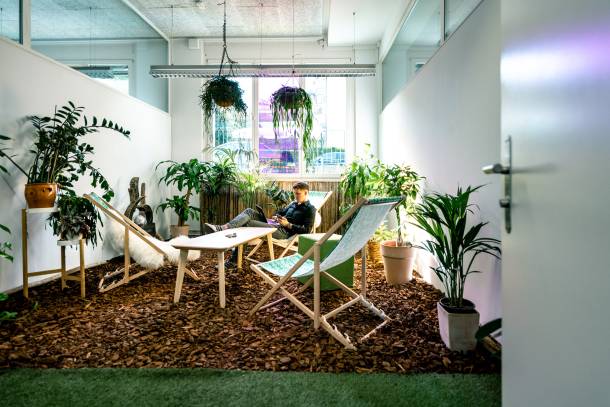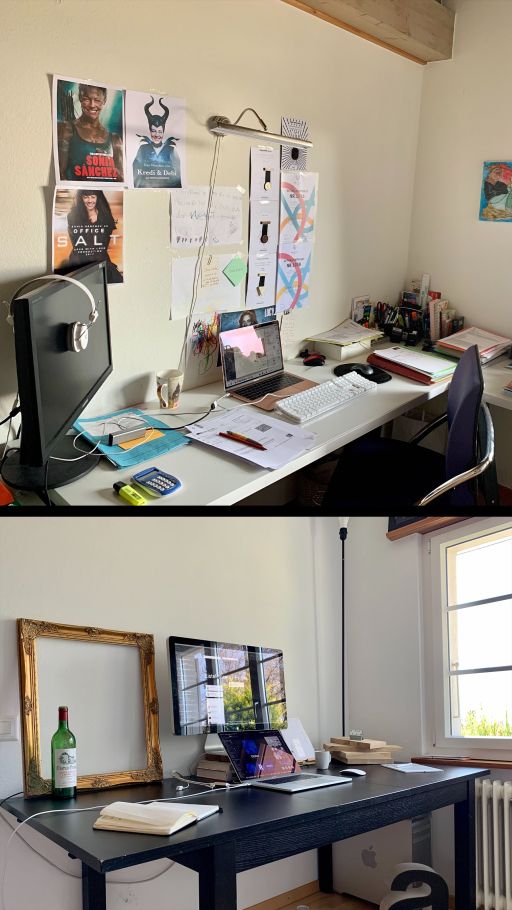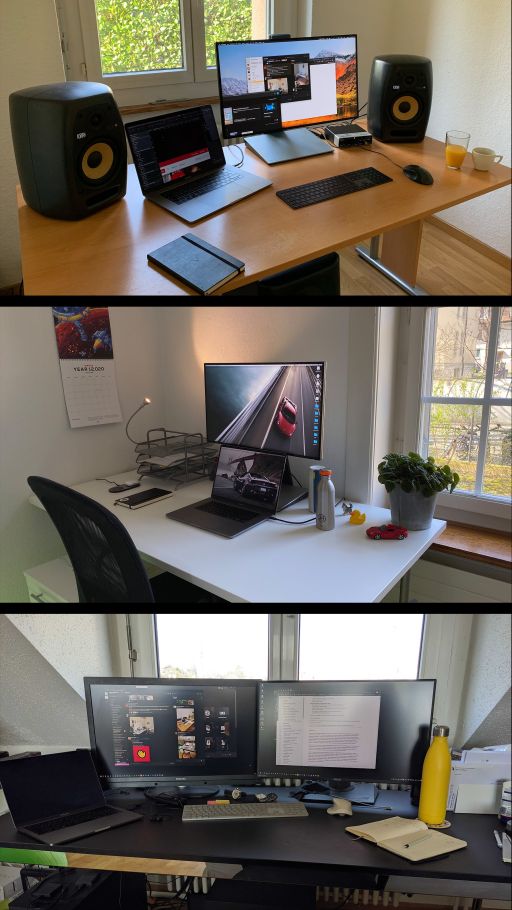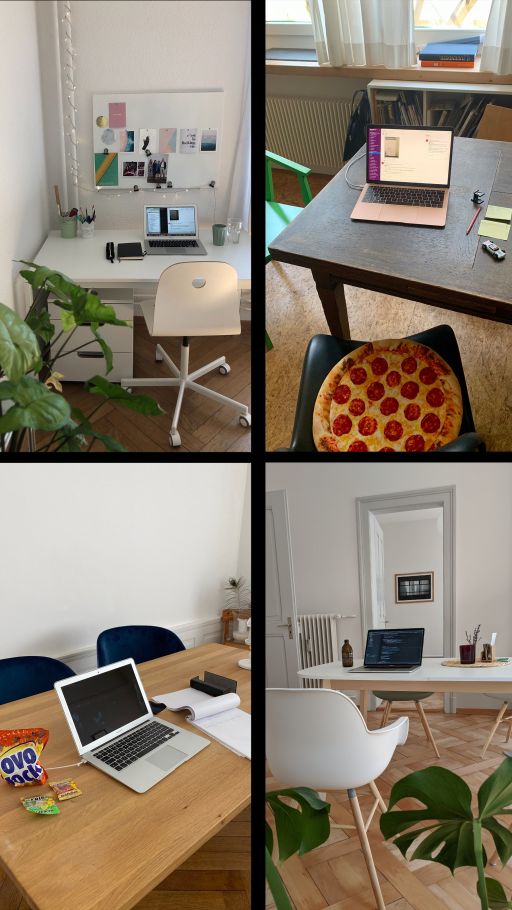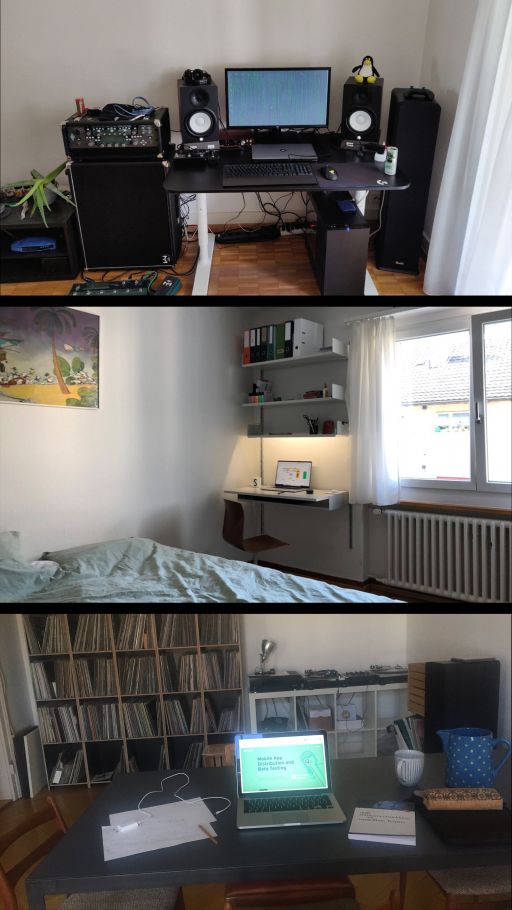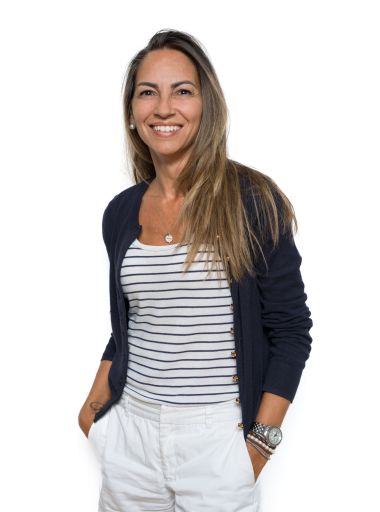The basic requirements for a successful conversation via video call
In the last few weeks, but also earlier, we have gained valuable experience in online interviews and other meetings via video call, which we are happy to share:
By now, this is probably something new for very few people, but ideally you have a quiet place in your home where you can retreat from distracting noise and which can be used as an office from time to time. Distractions don't just mean children running around happily in the background during a Hangout meeting wearing only their pants, but also the singing naked Pavarotti across the road or attention-hungry pets.
A stable internet connection and a room that is as bright as possible are of course also an advantage so that the dialogue partners can both see and hear each other well.
In our experience, it is often a first for applicants to introduce themselves online, i.e. it is their first digital job interview. We therefore consider it all the more important that the introduction is as open and relaxed as possible so that a good and authentic atmosphere is created, as far as this is possible despite physical distance.
It is helpful if the course of the conversation also follows a common thread via the screen: Proper preparation plays an important role. For acoustic reasons, we recommend that dialogue partners always switch to mute at the start of every conversation and only switch on the microphone when speaking. This allows you to focus on the other person and not lose energy unnecessarily filtering out background noise.
We are flexible when it comes to the tools we use: the most important thing is that everyone is comfortable with them. For example, we have described the tools we normally use here.
Reading body language remains a major challenge: how can I recognise whether it fits? Whether someone is 'themselves'? How does interest, sympathy, rejection and so on manifest themselves? This challenge is the reason why we believe that physical meetings will remain very important in the future - despite the many exciting approaches to online collaboration tools, VR and AR.



